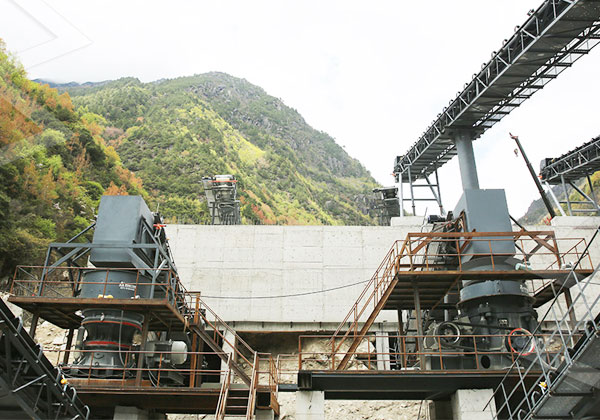The installation of a quarry rock crusher is a crucial step in the quarrying process, as it directly impacts the efficiency and productivity of the entire operation. Proper installation ensures the crusher operates at its optimal capacity, minimizing downtime and maximizing the production of high-quality aggregates. In this guide, we will outline the key steps and considerations for a successful quarry rock crusher installation.
Site Preparation:
Before installing a quarry rock crusher, thorough site preparation is essential. Evaluate the geological conditions of the site to determine the most suitable location for the crusher. Ensure that the ground is stable and can support the heavy machinery. Clear the area of any obstacles, debris, or vegetation that may hinder the installation process. Additionally, consider environmental factors and regulatory requirements to comply with local laws and standards.

Foundation Construction:
The foundation is the bedrock of a successful crusher installation. A robust foundation provides stability and minimizes vibrations, contributing to the longevity of the equipment. Follow these steps for foundation construction:
- Excavation: Dig a pit to the required depth and dimensions, considering factors such as soil composition and load-bearing capacity.
- Compaction: Compact the soil in the pit to enhance stability and prevent settling over time.
- Reinforcement: Depending on the crusher size and weight, reinforce the pit with steel or concrete to ensure adequate support.
- Grouting: Use high-strength grout to fill voids and provide additional stability. Proper grouting helps distribute the load evenly across the foundation.
Crusher Assembly:
Once the foundation is in place, proceed with the assembly of the quarry rock crusher. Follow these steps for a smooth installation:
- Component Inspection: Thoroughly inspect all crusher components, including the main frame, crusher chamber, eccentric shaft, bearings, and other critical parts.
- Alignment: Align the various components accurately to ensure proper functionality. Misalignment can lead to premature wear and reduced efficiency.
- Lubrication: Apply the recommended lubricants to all moving parts. Adequate lubrication is crucial for minimizing friction and preventing premature wear.
- Electrical Wiring: If the crusher is electrically powered, ensure that all wiring is done according to the manufacturer’s specifications and in compliance with safety standards.
Testing and Commissioning:
Before putting the quarry rock crusher into full operation, conduct comprehensive testing and commissioning to verify its functionality and address any potential issues. This includes:
- Trial Run: Perform a trial run to check for any abnormal vibrations, noises, or operational issues. Address and resolve any issues that arise during this phase.
- Adjustment: Fine-tune the crusher settings, such as the closed side setting (CSS), to achieve the desired product size and production capacity.
- Safety Checks: Verify that all safety features, such as emergency stops and warning systems, are operational and compliant with safety regulations.
Training and Maintenance:
Train the operational staff on the proper use and maintenance of the quarry rock crusher. Establish a regular maintenance schedule, including lubrication, component inspections, and replacement of wear parts, to ensure the crusher’s longevity and optimal performance.
The successful installation of a quarry rock crusher involves meticulous planning, proper site preparation, foundation construction, accurate assembly, testing, and ongoing maintenance. By following these steps and adhering to manufacturer guidelines, quarry operators can ensure the efficient and reliable operation of their rock crushers, leading to increased productivity and profitability in their quarrying operations.
